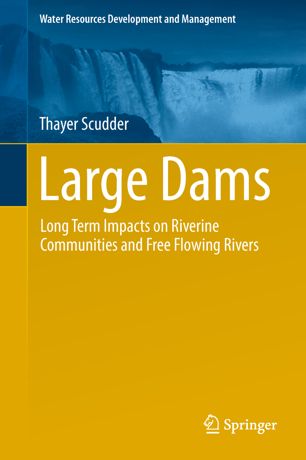

Most ebook files are in PDF format, so you can easily read them using various software such as Foxit Reader or directly on the Google Chrome browser.
Some ebook files are released by publishers in other formats such as .awz, .mobi, .epub, .fb2, etc. You may need to install specific software to read these formats on mobile/PC, such as Calibre.
Please read the tutorial at this link: https://ebookbell.com/faq
We offer FREE conversion to the popular formats you request; however, this may take some time. Therefore, right after payment, please email us, and we will try to provide the service as quickly as possible.
For some exceptional file formats or broken links (if any), please refrain from opening any disputes. Instead, email us first, and we will try to assist within a maximum of 6 hours.
EbookBell Team

4.4
12 reviewsThis book highlights the first comparative long-term analysis of the negative impacts of large dams on riverine communities and on free-flowing rivers in Africa, the Middle East and Asia. Following the Foreword by Professor Asit K. Biswas, the first section covers the 1956–1973 period, when the author believed that large dams provided an exceptional opportunity for integrated river basin development. In turn, the second section (1976–1997) reflects the author’s increasing concerns about the magnitude of the socio-economic and environmental costs of large dams, while the third (1998–2018) discusses why large dams are in fact not cost-effective in the long term.